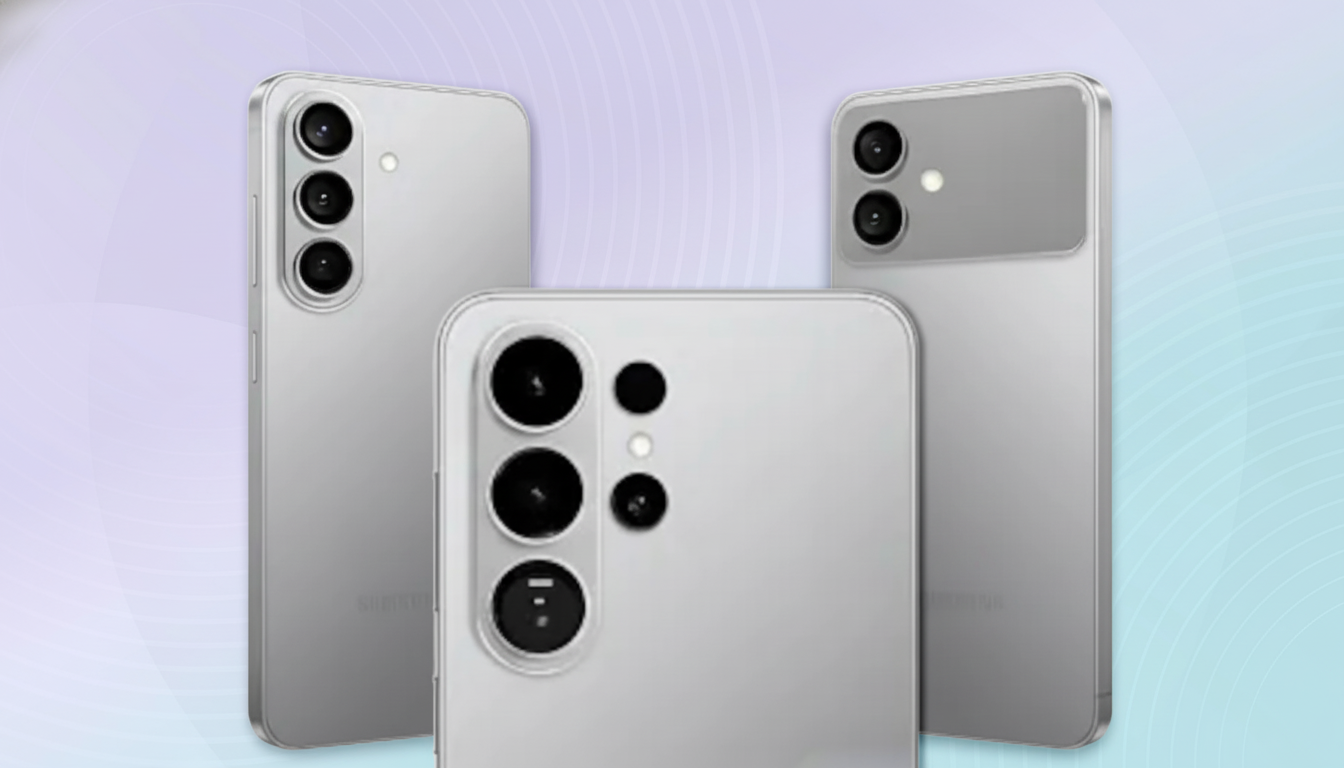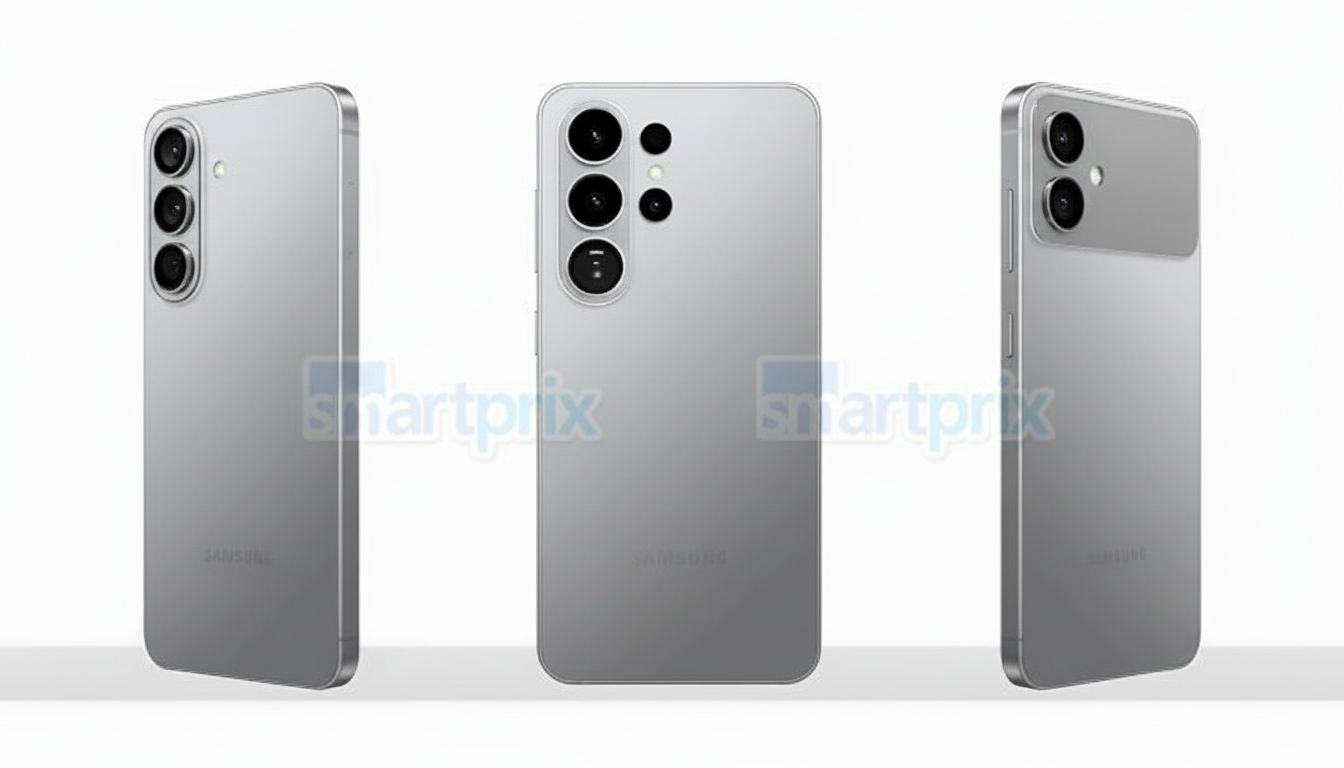Samsung is making it clear that the Galaxy S26 will be a flagship device featuring a custom application processor, next‑generation on‑device AI, and more capable camera sensors.
The early promise was from Daniel Araujo, Samsung’s Mobile Experience division Vice President, during the company’s earnings call last week. Araujo said the S26 would be “a major advancement for users, and a customer-focused leap as opposed to a casual increase.” It’s clear from the rest of the call that the S26 design will be heavily influenced by first‑party silicon. Given Samsung’s in‑house prowess, the by‑product is seen as more likely than not.

Samsung’s “second‑generation custom AP” comment strongly implies an Exynos following to the 2400—routinely put forward as the Exynos 2600—based on Samsung’s next‑wave 2nm process. An initial 2nm roadmap features gate‑all‑around transistors aimed at higher efficiency and sustainable performance. The latter is a critical combination for a high‑performance phone because it directly benefits battery life and thermal stability.
Next‑generation on‑device AI aims for speed and privacy
After Galaxy AI debuted Circle to Search and live translation across the S24 series, Samsung is signaling a bigger swing: a “user‑centric” version that prioritizes privacy and responsiveness by running more models locally. That implies you would get quicker multimodal tasks—summarizing recordings, generating edits, or context‑aware replies—without sending everything to the server for cloud compute.
NPUs have also become popular in the industry, with dozens of TOPS vendors optimizing memory bandwidth and caches to reduce bottlenecks. The 2nm Exynos on the S26 with higher‑speed memory and an updated ISP will allow Samsung to unlock heavier on‑device generative tasks, lower power draw during constant translations, and increase scene understanding in the camera app.
That is where Samsung’s ecosystem saves the day. One UI will make the most of the cross‑device intelligence, allowing tasks begun on a Galaxy Watch or a tablet to offload to a phone for heavier processing. As IDC and Canalys have highlighted, more robust ecosystems are central to attracting high‑end clientele; our money is on Samsung creating the S26’s AI with that intelligence in mind.
New camera sensors point to a bigger jump for imaging
Samsung teases “new camera sensors,” which is a nice change from the evolutionary hardware we’ve seen in the past. That presumably means fresh ISOCELL components or a reworked main sensor with a larger effective pixel area, faster readout, and more dynamic range—recent advancements in stacked sensor architecture, advanced pixel privacy, and more lenses have helped the entire industry tout these metrics lately.

Paired with higher‑quality silicon, the S26’s computational photography will go deeper. Multi‑frame fusion that truly gets moving subjects this time, AI‑guided denoise at higher zoom, softer skin tones in mixed lighting—Samsung’s tech forums showed ISOCELL Zoom Anyplace and enhanced HDR pipelines; it’s time to deploy those in a mainstream flagship with real‑time AI acceleration.
Video is due for some meaningful upgrades, too. Faster sensor readouts diminish rolling shutter. Similarly, on‑device AI can stabilize frames, enhance voices, and smooth exposure transitions without destroying detail. If the new ISP leans more fully into 10‑bit color and a broader dynamic range, the S26 produces direct‑from‑default‑app smoothed, gradation‑rich clips.
Connectivity, costs, and dual‑chip differences to watch
Component costs are a production side‑plot. Samsung flagged memory costs, which might influence flagship pricing or storage capacities. And the dual‑AP raises familiar questions: will battery life, imaging, and cellular behaviors be the same across Exynos and Snapdragon variants? Pubs, labs, and third‑party groups like DxOMark, UL, and MLPerf Inference are crucial sources of information.
Connectivity and longevity will play significant roles. The standard 5G modem enhancements, Wi‑Fi 7 revision, and UWB consistency are expected. The Samsung update policy continues to be the most significant difference in the enterprise and educational channels. For S22 owners and previous buyers, the upgraded AI features and added camera predictability alone may prove a significant upgrade.
Samsung outlines ecosystem goals as Galaxy S26 centerpiece
Beyond the S26, Samsung further detailed its aspiration to drive foldable innovation in 2026 and expand AI health features on Galaxy Watch, doubling down on a high‑margin ecosystem play that ties phones, wearables, and tablets into one persuasive story. The S26 is at the heart of that effort; a product built around custom silicon, on‑device intelligence, and camera hardware engineered to compete against a new set of AI‑first challengers.
The Galaxy S26 isn’t just about stats, in other words; it’s Samsung’s way of getting big parts of your digital world to run locally, take better pictures in grim scenarios, and still run leaner all day. If Samsung can execute the vision it outlined in its earnings results, the Galaxy S26 will be one of the most significant annual improvements in Samsung products.

